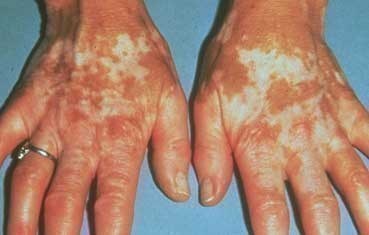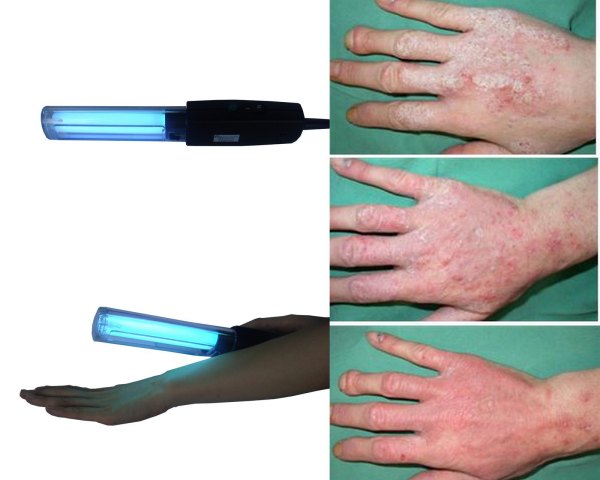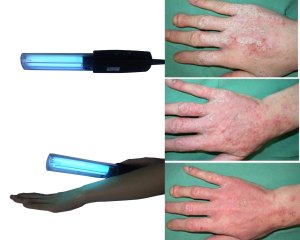Is Vitiligo Contagious?
No, vitiligo is not contagious.
Is Vitiligo Treatment Effective?
Unfortunately no method has a guaranteed success. Steroids may produce some improvements if used in the long-term, but this is not recommended because of side effects. Light therapy is effective to an extent, but it is very time consuming and can cause eye damage, skin burns and skin cancer. Skin grafting should in theory be very effective, but in reality many complications occur, including rejection of the graft, infection, and abnormal appearance of the grafted skin (cobblestone effect).
Is It True That Vitiligo Can Be Cured Without Any Medications Or Surgery?
Yes, there has been numerous research papers published that reported that in scientific trials, patients have been cured of vitiligo using a combination of 3 vitamins, herbal extracts or a combination of herbals and vitamins. It has also been shown that dietary changes can have a pronounced effect of the condition.
Is Vitiligo possible to treat?
Conventional medical treatments for vitiligo include: UV light therapy re-pigmentation, corticosteroids (oral or topical), skin grafting, skin tattooing, and in extensive cases of vitiligo, de-pigmentation of the rest of the skin to match the color of the affected skin.
How Is Vitiligo Diagnosed?
A doctor will diagnose vitiligo by doing a physical examination, taking a patient’s history and possibly carrying out a biopsy and/or blood test to rule out other conditions.
Is Anyone at Risk Of Developing Vitiligo?
Anyone can develop vitiligo and both genders have an equal chance of getting vitiligo. All races exhibit a similar prevalence of this condition. However, you are more likely of developing vitiligo if a parent has it, if you or someone in your family has an autoimmune condition (such as hyperthyroidism), and if you experienced graying of hair before the age of 35.
Read more at Vitiligo Cure Information




